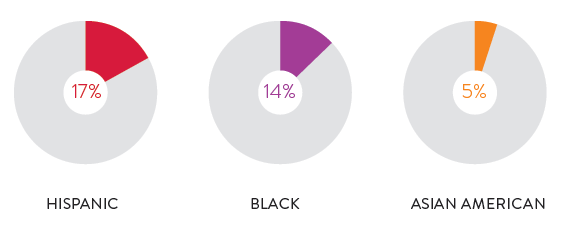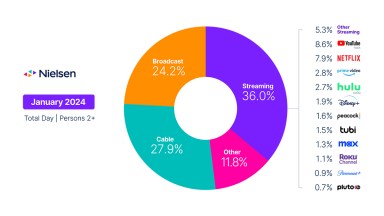Music knows no boundaries in America. It’s the great equalizer among consumers of different ages, languages, races, incomes, genders and geographies. People often find that music is a mirror of and a bridge to an increasingly diverse society. Madonna was right when she sang that “music makes the people come together,” but that sonic and human convergence is increasingly multicultural in a way that makes music fans of all races and ethnicities in the U.S. and abroad feel welcome at the party.
African-American, Asian-American, and Hispanic consumers represent the vanguard of musical trends in the U.S. They drive the development of musical taste and they’re readily adopting new ways of consuming music. So as this group of multicultural consumers continues to pioneer pathways of taste and adoption, companies interested in understanding the future of music would be well served to keep this growing demographic at the top of their engagement lists.
Who is the Multicultural Consumer?
The multicultural consumer is increasingly the American consumer. Since 1990, the share of the U.S. population that identifies itself as African-American, Asian-American or Hispanic has grown to 37 from 24 percent. And according to current U.S. Census projections, these groups will make up a majority of the U.S. population by 2043. When we look at just the consumers under the age of 18, however, U.S. Census projections from 2012 expect the minority-majority tipping point to arrive in just four years.

如需了解有关多元文化音乐听众的更多信息,请下载相关报告:




